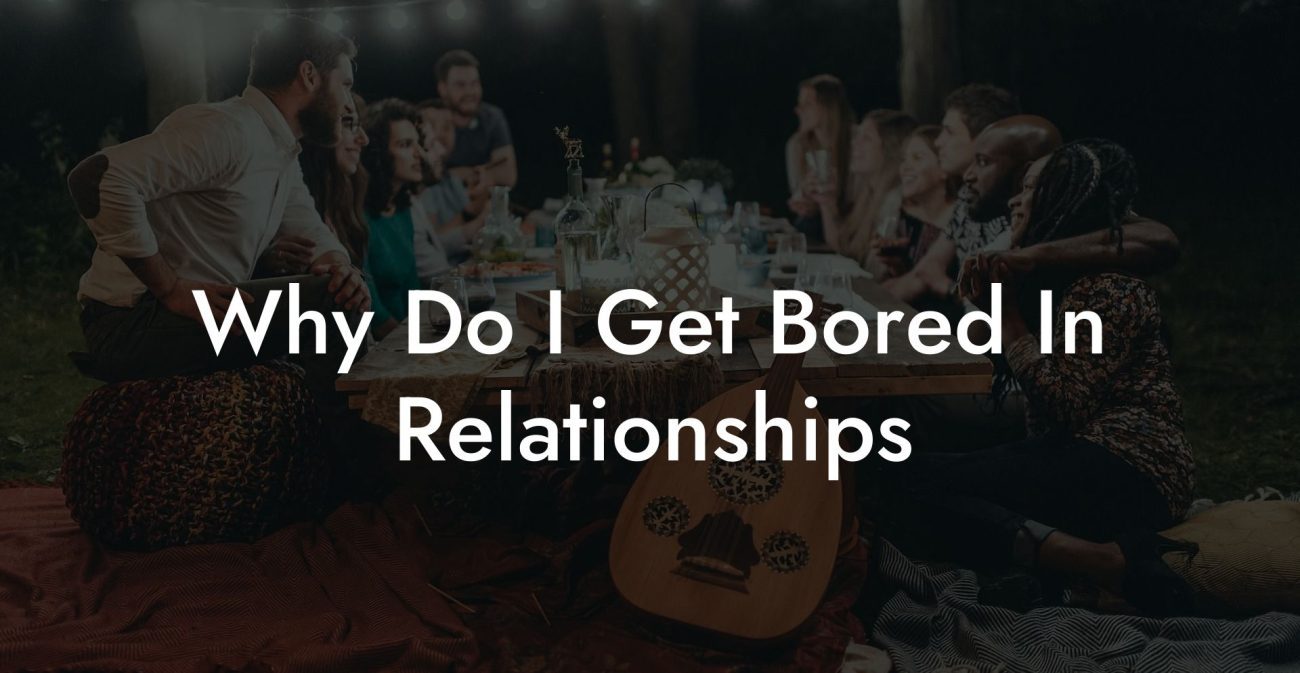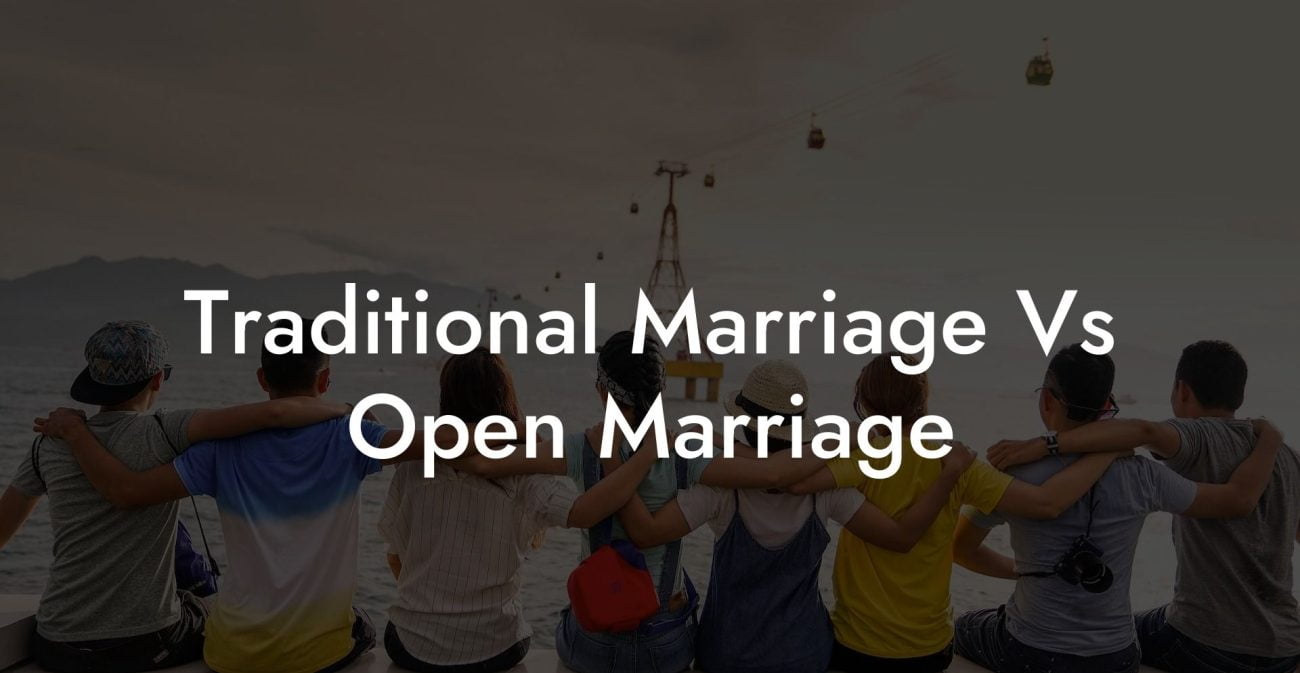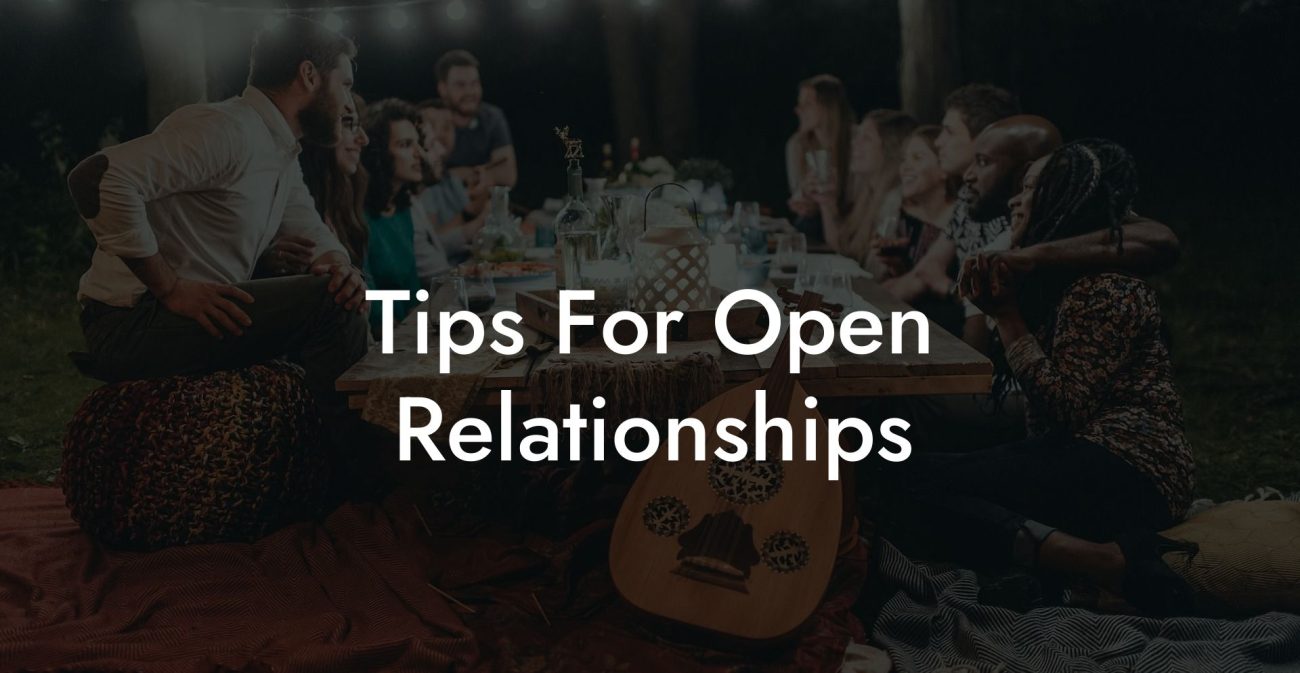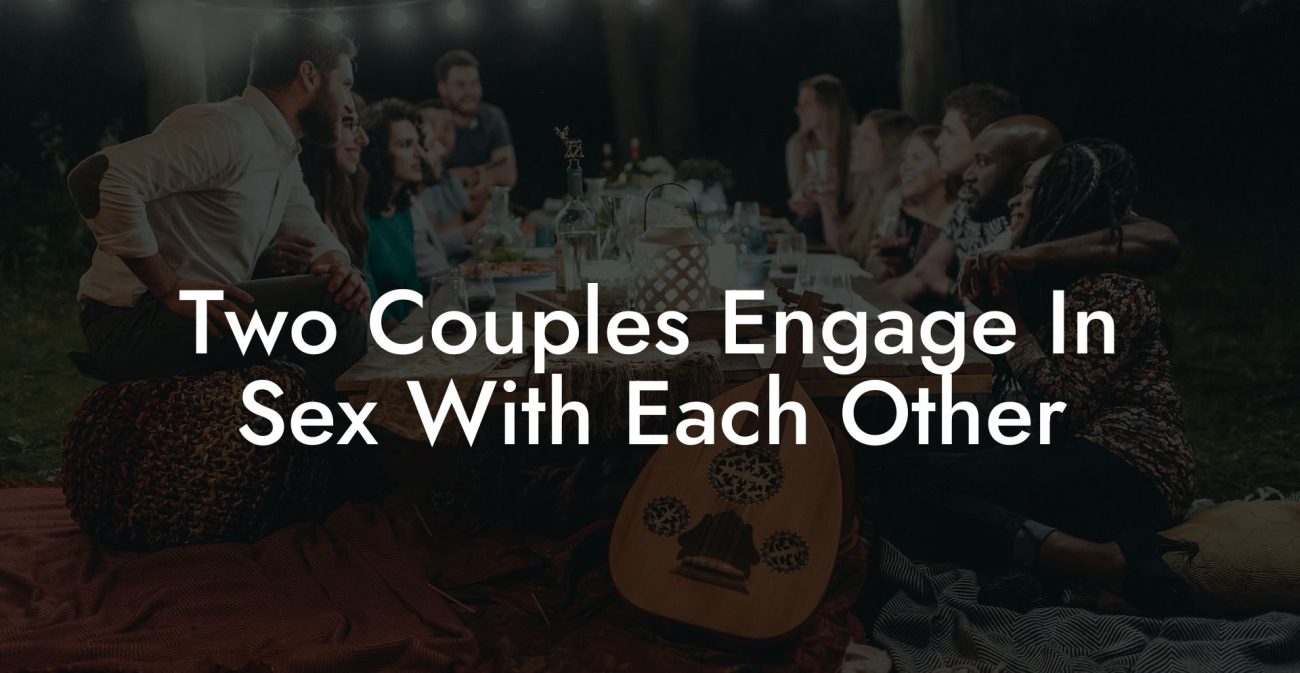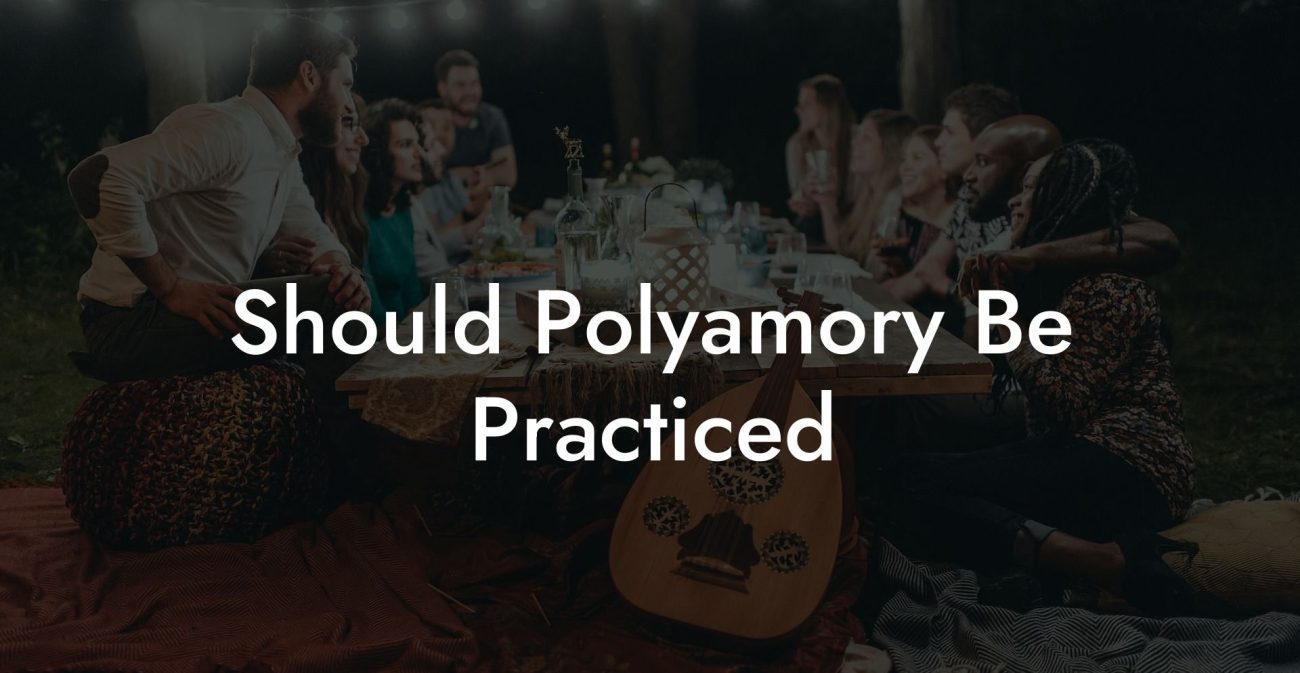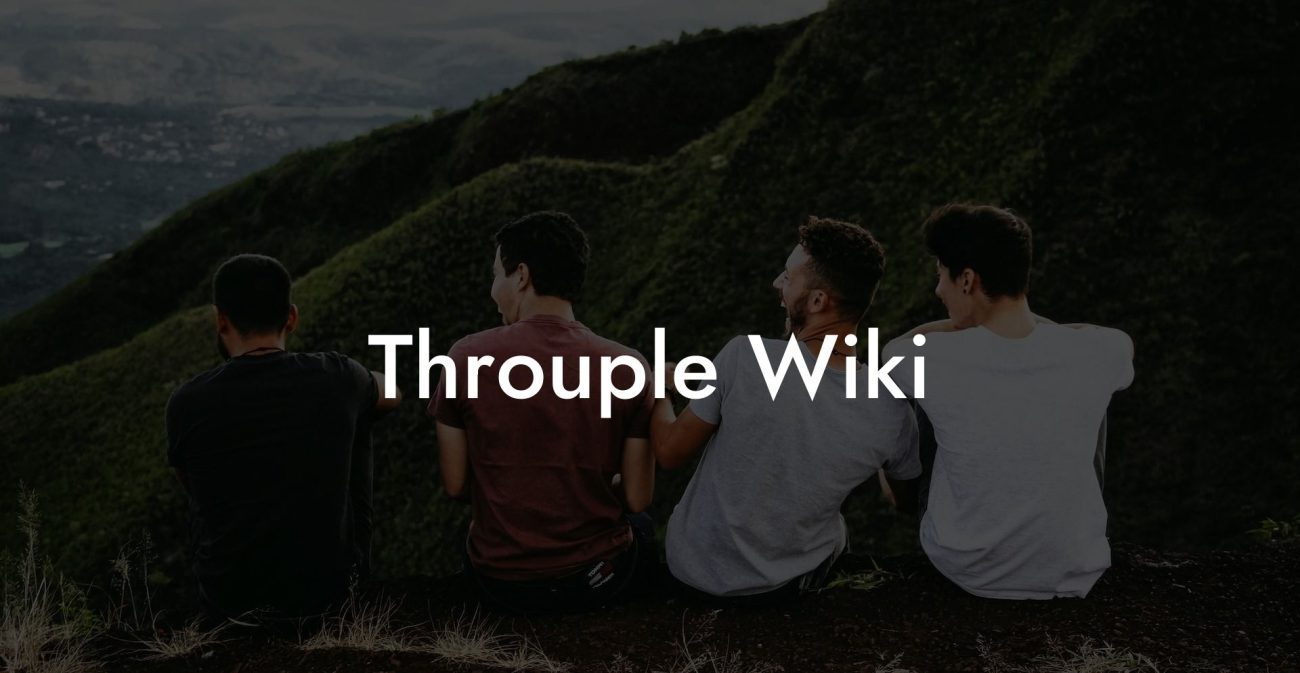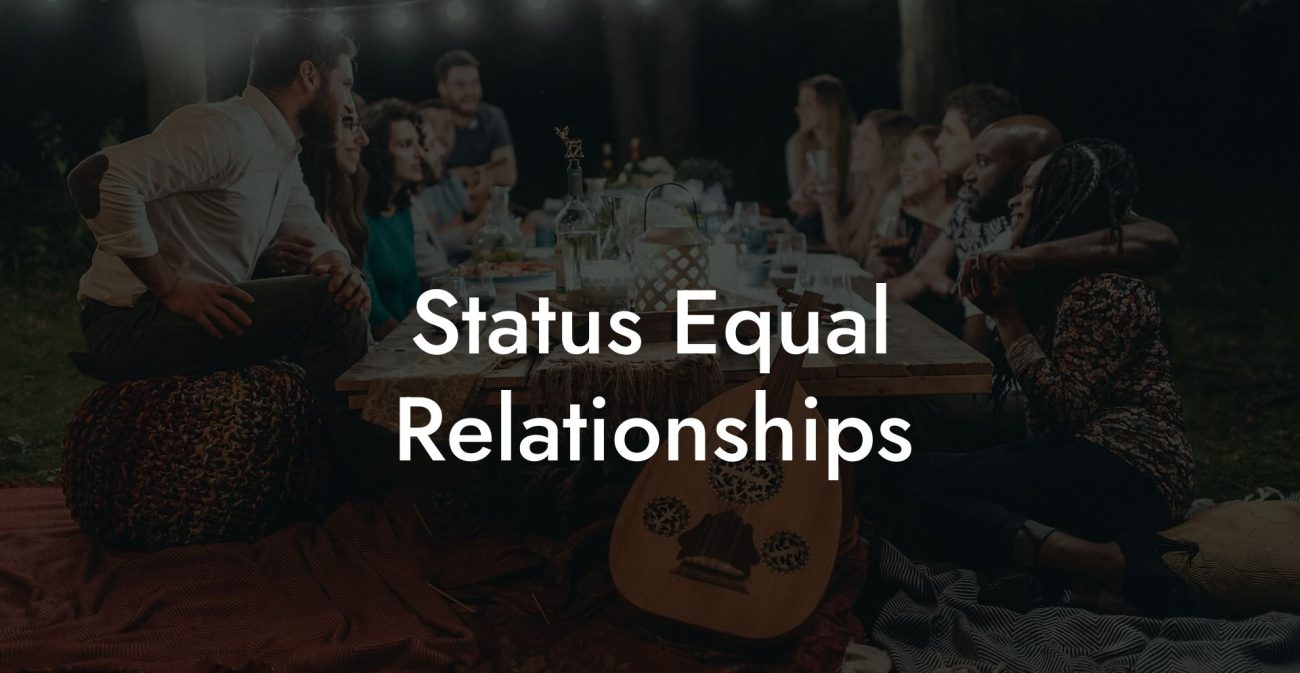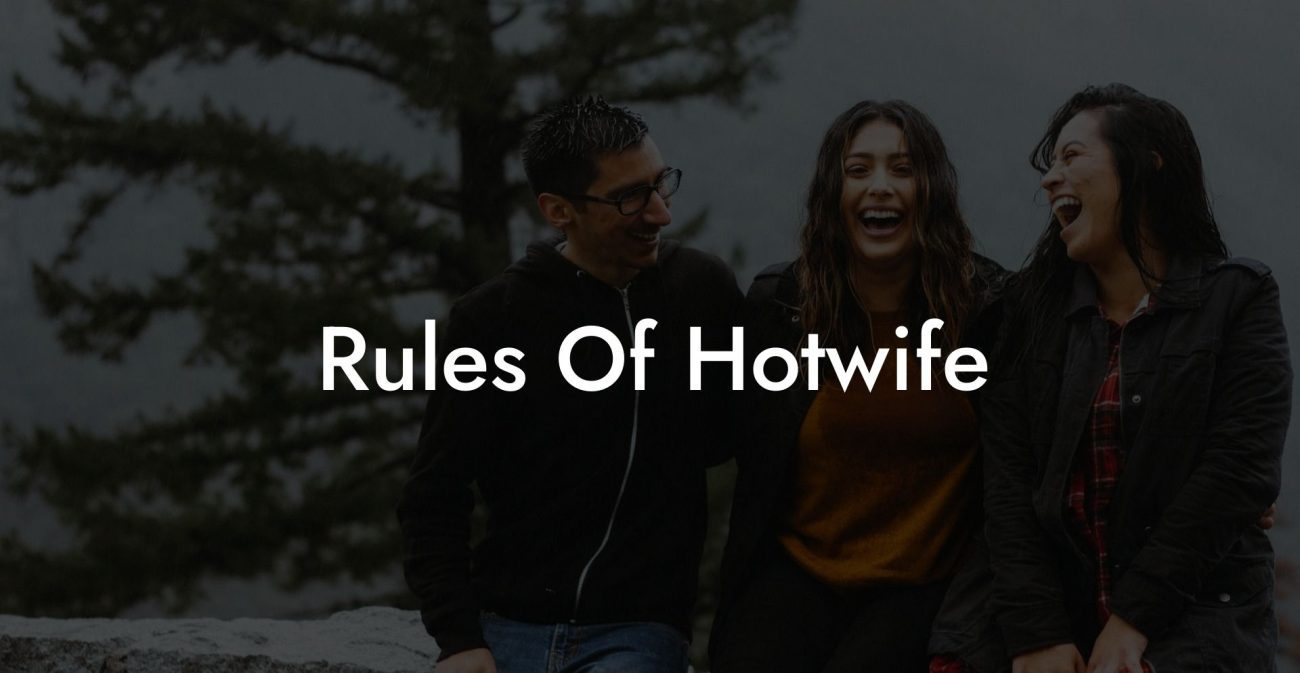Polyandrous: Definition & Meaning
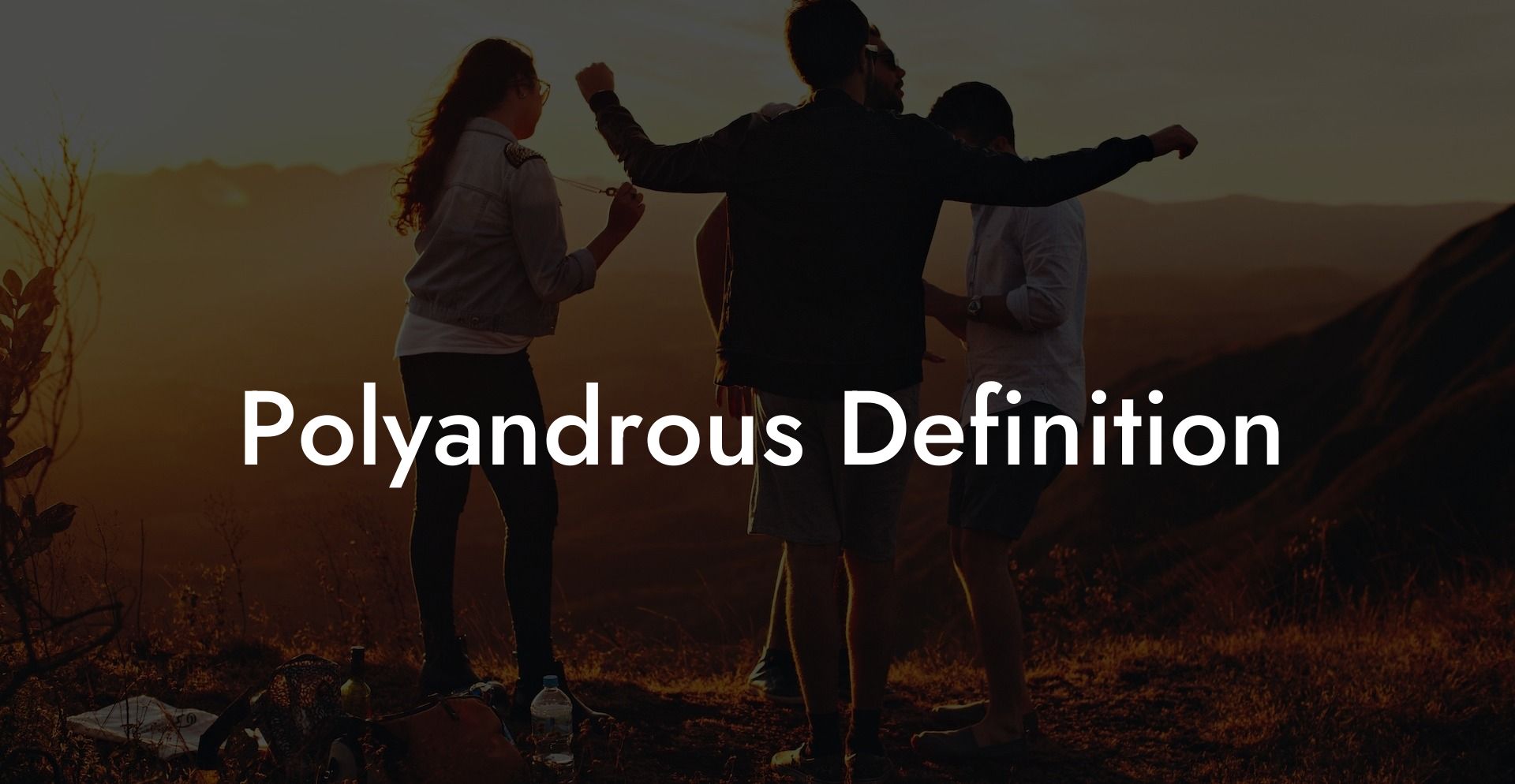
This guide delves into the concept of polyandry, its definition, historical background, cultural significance, and the ethical, legal, and psychological aspects associated with polyandrous relationships. Whether you are researching non-monogamous family structures, exploring different cultural practices, or simply curious about the meaning of polyandry, this article provides in-depth insights and practical strategies to help you navigate the topic.
Quick Links to Useful Sections
- Understanding Polyandry: Definition and Etymology
- What is Polyandry?
- Core Concepts and Terminology
- Historical Context and Cultural Significance
- The Historical Roots of Polyandry
- Cultural Perspectives on Polyandry Today
- Legal and Ethical Considerations
- Legal Recognition of Polyandry
- Ethical Considerations in Polyandrous Relationships
- Psychological and Emotional Dynamics
- Emotional Implications of Polyandry
- Psychological Benefits and Challenges
- Comparing Polyandry to Other Relationship Models
- Polyandry vs. Monogamy
- Polyandry vs. Polygyny
- Polyandry vs. Polyamory
- Benefits and Challenges of Polyandrous Relationships
- Benefits
- Challenges
- Practical Strategies for Thriving in Polyandrous Relationships
- Enhance Communication and Negotiation
- Establish Clear Boundaries and Agreements
- Prioritize Self-Care and Personal Growth
- Build a Supportive Community
- FAQ: Your Polyamory vs Polygamy: Key Differences Questions Answered
Understanding Polyandry: Definition and Etymology
What is Polyandry?
Polyandry is a form of plural marriage in which one woman is married to two or more men simultaneously. The term is derived from the Greek prefix "poly-" meaning "many" and the Latin word "andria" (from "andros"), meaning "man." Thus, polyandry literally means "many men." Unlike polygyny, where one man has multiple wives, polyandry centers on a single woman forming marital bonds with multiple men. It is a practice found in various cultures and historical contexts, though it remains relatively rare compared to other forms of marriage.
In modern discussions, the term "polyandrous" is often used to describe relationships or family structures where one woman has more than one husband, and these relationships are based on mutual consent, social, and sometimes economic or cultural needs.
Core Concepts and Terminology
When discussing polyandry, several key terms are important:
- Polyandrous Relationship: A relationship in which one woman is married to or involved with multiple men simultaneously.
- Fraternal Polyandry: A common form of polyandry where the husbands are brothers, often practiced to keep family land or resources consolidated.
- Non-Fraternal Polyandry: A form where the husbands are not related by blood, emerging in contexts where economic or social factors favor such unions.
- Consensual Non-Monogamy: An umbrella term that includes polyandry, polyamory, and other forms of relationships where more than two people are involved with mutual consent and transparency.
These terms form the foundation of understanding polyandry and its place within the broader spectrum of consensual non-monogamy.
Historical Context and Cultural Significance
The Historical Roots of Polyandry
Polyandry has been practiced in various parts of the world for centuries. Historically, it emerged in societies where environmental, economic, or social conditions made it beneficial. For example, in regions with scarce arable land or limited resources, polyandry allowed families to consolidate property and ensure that resources were not divided among too many heirs. This practice helped maintain family wealth and stability.
In parts of Tibet, Nepal, and India, fraternal polyandry was traditionally practiced as a pragmatic solution to preserve family land and resources. In these cultures, marrying multiple brothers to one woman prevented the fragmentation of the family estate, allowing the family to maintain economic and social stability over generations.
Beyond economic reasons, polyandry has also had social and ritualistic significance in certain cultures, where it was seen as a way to balance the gender ratio or fulfill religious mandates. The historical prevalence of polyandry demonstrates that alternative marital arrangements have long been part of human society.
Cultural Perspectives on Polyandry Today
In modern times, polyandry is less common globally, especially in Western societies where monogamy is the legal and cultural norm. However, in communities where polyandry has deep historical roots, it remains an integral part of cultural identity. In these societies, polyandry is often viewed as a practical and socially accepted arrangement that reflects the unique environmental and social conditions of the region.
Contemporary discussions around polyandry also intersect with debates on gender equality and individual autonomy. While some critics argue that polyandry can reinforce patriarchal norms, others see it as an empowering practice that challenges conventional gender roles and provides women with a unique degree of autonomy and economic stability.
Legal and Ethical Considerations
Legal Recognition of Polyandry
In most modern legal systems, monogamous marriage is the only form of legally recognized union. Polyandrous marriages are rarely acknowledged under national law and, in many countries, are explicitly prohibited. However, in regions where polyandry has historical and cultural significance, local customary or religious laws may offer some level of recognition or tolerance.
The lack of formal legal recognition for polyandry can lead to challenges in areas such as inheritance, property rights, custody, and spousal benefits. These legal gaps often force individuals in polyandrous relationships to rely on informal agreements or community-based support systems.
Ethical Considerations in Polyandrous Relationships
Ethical polyandry, like all forms of consensual non-monogamy, is founded on principles of informed consent, mutual respect, and transparent communication. In a polyandrous relationship, all parties must have a clear understanding of the expectations and boundaries involved. Key ethical considerations include:
- Voluntary Participation: Every individual involved must enter the relationship freely and without coercion.
- Mutual Respect: All partners should be treated with dignity and their individual needs acknowledged.
- Transparency: Open communication is essential for addressing any issues that arise and for ensuring that all parties are informed about changes in the relationship.
- Fairness and Equity: Particularly in traditional forms of polyandry, ethical considerations often focus on ensuring that all husbands are treated fairly and that the rights of the woman are protected.
These ethical principles are critical for creating a sustainable and fulfilling polyandrous relationship.
Psychological and Emotional Dynamics
Emotional Implications of Polyandry
Polyandrous relationships can offer a unique set of emotional benefits. The presence of multiple partners can provide a diverse support system that meets different emotional and practical needs. For example, in fraternal polyandry, the husbands may share responsibilities and support each other, which can contribute to a stable and cohesive family unit.
However, managing multiple intimate connections also brings challenges. Emotional dynamics in polyandrous relationships require careful negotiation of boundaries and expectations, and there may be issues related to jealousy, competition, or feelings of inequality if not handled properly. Building strong communication skills and fostering emotional intelligence are key strategies for overcoming these challenges.
Psychological Benefits and Challenges
Individuals in polyandrous relationships may experience significant personal growth as they learn to balance multiple relationships. The complexity of these relationships often leads to enhanced self-awareness, improved communication skills, and greater resilience in managing complex emotions.
On the other hand, the psychological challenges can include managing the stress of coordinating multiple relationships and dealing with societal stigma. Those in polyandrous relationships often benefit from supportive communities and professional counseling to help navigate these issues.
Comparing Polyandry to Other Relationship Models
Polyandry vs. Monogamy
In monogamous relationships, the focus is on an exclusive, one-on-one connection between two individuals. This model offers simplicity and clear legal recognition, but it may limit the diversity of emotional support available to an individual. In contrast, polyandry offers multiple sources of support and can foster diverse emotional connections, though it comes with increased complexity in communication and legal recognition.
Polyandry vs. Polygyny
While polygyny involves one man married to multiple women, polyandry reverses this dynamic with one woman married to multiple men. The motivations and social structures behind these practices can vary greatly. In many traditional societies, polyandry is practiced as a strategy to preserve family resources and maintain economic stability, whereas polygyny has often been associated with social status and population growth.
Polyandry vs. Polyamory
Polyamory, a broader concept of consensual non-monogamy, includes a variety of relationship configurations that do not necessarily involve formal marriage. Polyandry is a specific type of plural marriage where one woman has multiple husbands. While both polyamory and polyandry emphasize consensual relationships and open communication, polyamory generally offers more flexibility in terms of relationship labels and structures.
Benefits and Challenges of Polyandrous Relationships
Benefits
- Diverse Emotional Support: Polyandry can provide a wide range of emotional, practical, and financial support from multiple partners.
- Economic and Social Stability: In many traditional contexts, polyandry has helped maintain family resources and prevent the fragmentation of property.
- Increased Autonomy: Women in polyandrous relationships may experience a high degree of autonomy and empowerment, as the practice can challenge conventional gender roles.
- Collaborative Family Dynamics: Multiple husbands can share responsibilities, such as childcare and household management, leading to a supportive, community-based family structure.
Challenges
- Legal Recognition: Polyandrous marriages are rarely recognized in modern legal systems, which can lead to issues with inheritance, custody, and spousal benefits.
- Emotional Complexity: Balancing the emotional needs and dynamics of multiple partners requires advanced communication skills and can sometimes result in feelings of jealousy or competition.
- Social Stigma: Polyandry may be misunderstood or stigmatized in societies where monogamy or polygyny is the norm, leading to social isolation or discrimination.
- Power Dynamics: Ensuring fairness and equality among all parties can be challenging, especially in traditional contexts where cultural norms may favor one gender over another.
Practical Strategies for Thriving in Polyandrous Relationships
Enhance Communication and Negotiation
Regular, transparent communication is essential. Establish a routine for check-ins and discussions to address feelings, renegotiate boundaries, and resolve conflicts. Consider using digital tools like shared calendars or group chats to facilitate communication.
- Hold regular family meetings to discuss shared responsibilities and expectations.
- Practice active listening and use "I" statements to express personal needs without placing blame.
- Be open to adjusting boundaries as circumstances and needs evolve.
Establish Clear Boundaries and Agreements
Developing written or digital agreements can help clarify roles, responsibilities, and expectations. Clearly defined boundaries help prevent misunderstandings and ensure that every partner feels respected.
- Outline financial responsibilities and asset distribution.
- Set guidelines for personal time and shared activities.
- Agree on protocols for conflict resolution and decision-making.
Prioritize Self-Care and Personal Growth
Maintaining your own well-being is crucial. Engage in regular self-care routines, pursue hobbies, and seek professional counseling if needed. A healthy, balanced individual contributes positively to the overall family dynamic.
- Establish a daily routine that includes physical exercise, meditation, or mindfulness practices.
- Dedicate time to personal interests and self-reflection.
- Consider joining support groups or therapy sessions to manage complex emotions.
Build a Supportive Community
Connect with others who practice polyandry or have similar relationship models. Engaging with a community can provide emotional support, practical advice, and a sense of belonging.
- Join online forums, social media groups, or local meet-ups focused on polyamory and alternative family structures.
- Attend workshops and webinars on ethical non-monogamy and relationship dynamics.
- Participate in community events to share experiences and learn from others.
FAQ: Your Polyamory vs Polygamy: Key Differences Questions Answered
1. What is polyamory?
Polyamory is the practice of engaging in multiple consensual romantic or sexual relationships simultaneously, with all partners aware of and consenting to the arrangement. It emphasizes emotional depth, transparent communication, and flexible relationship structures.
2. What is polygamy?
Polygamy is the practice of having more than one spouse at the same time, typically in the form of polygyny (one man with multiple wives) or polyandry (one woman with multiple husbands), often rooted in cultural or religious traditions.
3. How do polyamorous and polygamous relationships differ in commitment?
In polyamory, commitment is distributed across multiple relationships, which can be structured hierarchically or equally. In polygamy, particularly in polyandry, the relationships are formal and culturally sanctioned, with each marriage being recognized within a specific social or religious framework.
4. What legal challenges exist for polyamorous and polygamous relationships?
Polyamorous relationships generally lack formal legal recognition, which can impact issues like inheritance and custody. Polygamous marriages, including polyandrous unions, are not legally recognized in many Western countries, though they may be practiced under customary or religious laws in some regions.
5. What are the main communication differences between these models?
Polyamorous relationships require continuous, multi-directional communication among all partners to negotiate boundaries and manage emotions. Polygamous relationships, while also relying on communication, may follow more traditional, culturally defined roles that can limit the flexibility of dialogue.
6. Where can I find additional resources on polyamory and polygamy?
Additional resources include books like "The Ethical Slut" by Dossie Easton & Janet Hardy and "More Than Two" by Franklin Veaux & Eve Rickert, as well as podcasts such as "Multiamory" and "Polyamory Weekly." Online communities like r/polyamory are also valuable sources of support and information.
Resources and Community Support: Your Next Steps
- "The Ethical Slut" by Dossie Easton & Janet Hardy – A seminal work on ethical non-monogamy that offers insights into various relationship models, including polyamory and polygamy.
- "More Than Two" by Franklin Veaux & Eve Rickert – A guide offering practical advice on managing the dynamics of multiple relationships.
- Podcasts: Listen to "Multiamory" and "Polyamory Weekly" for engaging discussions and real-life experiences on diverse relationship models.
- Online Communities: Join forums such as r/polyamory to exchange ideas and receive support.
- Workshops and Webinars: Attend events focused on ethical non-monogamy and relationship psychology to expand your knowledge and connect with like-minded individuals.
By exploring these resources and applying the strategies outlined in this guide, you can develop a clear, informed understanding of the key differences between polyamorous and polygamous relationships. Embrace continuous learning, open dialogue, and self-reflection as you navigate the diverse landscape of consensual non-monogamy and build relationships that resonate with your personal values.
Lost & confused by all of the terms, types and seemingly made up 3 letter acronyms?? We've got you. Check out our Ethnical Non-Monogamy Dictionary >>
Useful Interruption: Not sure which relationship vibe fits you best? Take our Relationship Test, it’ll give you the real insight into your natural relationship style. Then, dive into our binge-worthy guides (from the tried-and-true to the “wait, that’s a thing?”) and find the perfect relationship type for your life:
- Monogamy
- Open Relationships
- Ethical Non-Monogamy
- Solo Polyamory
- Non-Hierarchical Polyamory
- Hierarchical Polyamory
- Relationship Anarchy
- Swinging
Now back to the main article but yeah take the test...


